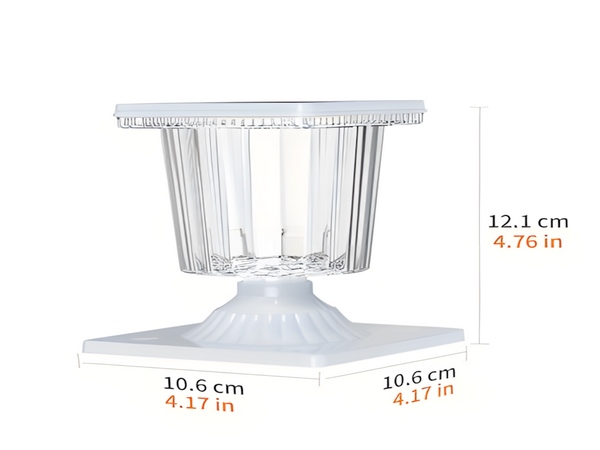
Solar panels
Solar panels are the core material of photovoltaic systems. The quality of panels on the market varies greatly. If you do not have professional equipment or technical skills, how can you distinguish the quality of solar panels?
1. “Look at the Color”
Generally, monocrystalline and polycrystalline panels display a consistent blue color, typically light blue or sky blue. If the color of the panel is dark and varied, it clearly indicates poor workmanship.
2. “Check the Surface”
The tempered glass surface of the panel should be smooth and free of debris. Some manufacturers may increase production speed and neglect to clean the silicone that drips onto the tempered glass surface. This leftover silicone can affect power generation efficiency.
3. “Examine the Cells”
Each cell on the panel should be complete and formed through seamless cutting. However, many unqualified manufacturers use broken cells patched together, giving the appearance of a complete cell when soldered. When inspecting, look for cutting marks. This method carries significant risks; though it may not be obvious at first, patched cells can easily break apart later, affecting the panel’s overall performance. Naturally, this is difficult to detect with the naked eye.
4. “Inspect the Back”
Examine the back for any irregularities, such as bubbles or wrinkles that may indicate pressure quality issues.
5. “Check the Frame”
The solar panel industry has low entry barriers, leading many small manufacturers to produce frames manually. As the force applied varies during assembly, the contact tightness of the frames also differs, resulting in poor shape and stability. Generally, aluminum alloy frames are now used.
6. “Inspect the Silicone”
Check that the silicone around the perimeter of the back plate is evenly distributed and has tightly penetrated the gaps between the back plate and the frame.
7. “Examine the Soldering”

Carefully observe the soldering of the cells to check for any signs of missed solder. Also, ensure the arrangement of the cells is neat.
8. “Inspect the Junction Box”
Ensure the junction box is secure, with the cover fitting tightly. Check if the outgoing wire connectors rotate freely and can be tightened properly.
9. “Consider the Price”
If the above elements are difficult to discern, the safest approach is to compare prices. Solar panel prices fluctuate but remain within a general range; if a price is significantly lower than the market average, caution is advised. It is necessary for manufacturers to provide corresponding certification documents and qualification files.
In summary, many factors indicate the quality of solar panels. We should assess quality based on subtle details. The aforementioned points are aimed at helping average users evaluate solar panels visually without professional equipment or personnel. However, some quality issues cannot be observed with the naked eye or may only become apparent after a period of operation. Professional means are necessary to detect these issues promptly. To protect your rights, please ensure that you choose a professional testing agency for inspection.

To learn more about solar street light prices, feel free to inquire.
Bitpott Solar Street Light Manufacturer specializes in the development, production, and sales of solar and LED outdoor lighting. With years of production experience and advanced manufacturing equipment, we guarantee quality, reasonable prices, and configurations. For purchasing LED solar street lights, please consult us for the prices.



